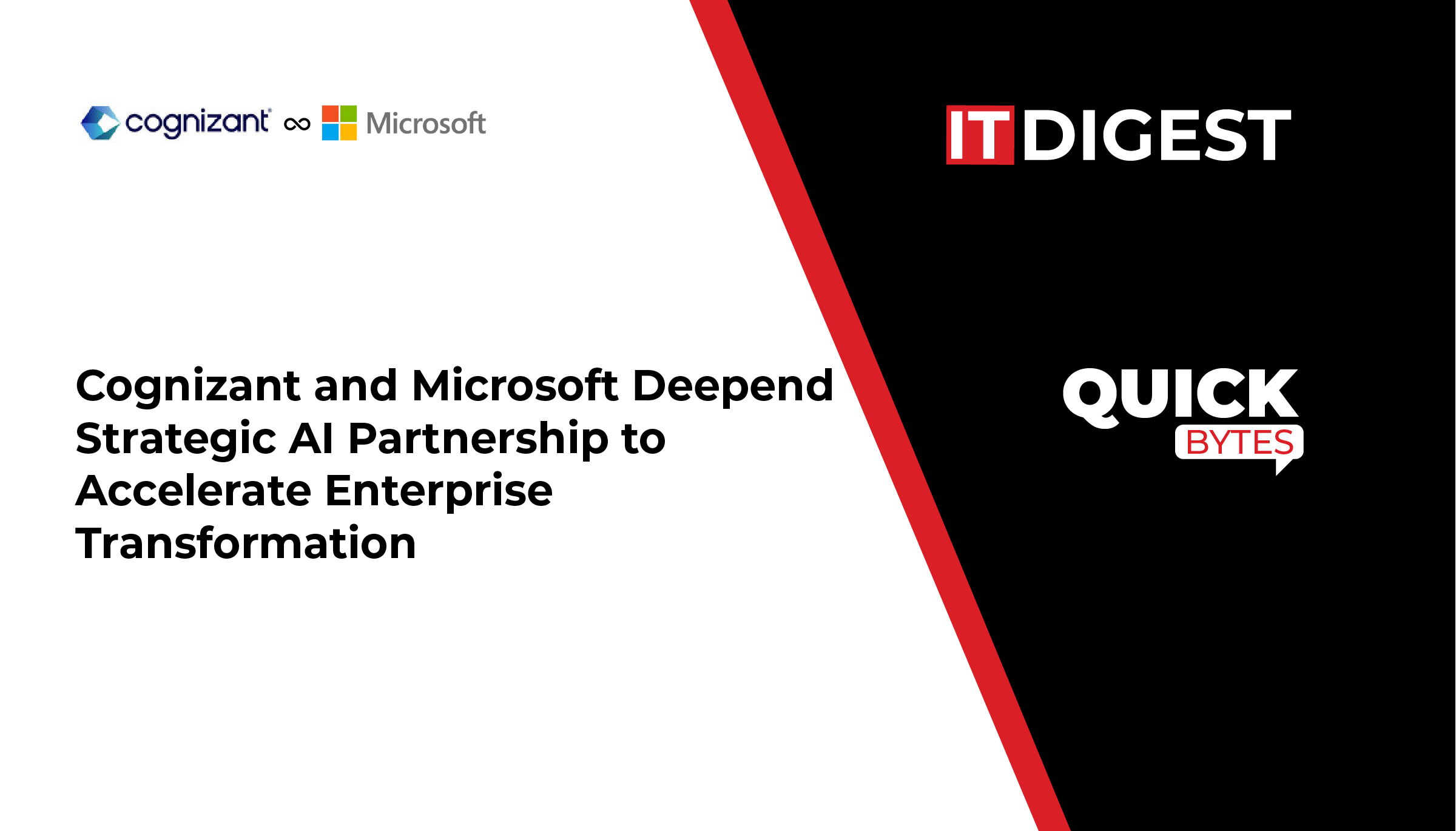Golioth, the IoT development platform announced the launch of Pipelines, a groundbreaking set of features that transforms the way users manage and route IoT data with Golioth to any cloud, data store, or platform. Pipelines replaces the now-deprecated Output Streams, offering enhanced functionality, scalability, and user control.
Introducing Pipelines: Versatility and Control over Device Data
Golioth developed Pipelines to offer a more versatile solution for data routing. Unlike its predecessor Output Streams, Pipelines allows data to be directed to LightDB Stream (Golioth’s Time Series Storage), user databases, or any other destination, in any format. This flexibility addresses regulatory and data residency requirements, eliminating previous restrictions.
Pipelines enables users to:
- Build IoT infrastructure as code: developers can version pipeline configurations alongside application code.
- Filter and transform streaming data: developers can transform compressed device-native data into a more cloud-friendly format.
- Send to one or more destinations: send data from a fleet to multiple clouds, data stores, applications, or all of the above.
- Stream data with one line of code: developers can enable Pipelines in their firmware to capture and route data from device to cloud with low effort.
- Create custom webhooks: send data to any destination.
Founder and CEO Jonathan Beri details, “Pipelines is a huge leap towards realizing the full potential of Device Lakes. Our new features allow users to filter, transform, and route IoT data with unmatched flexibility and control. This means that every piece of valuable data generated by devices can be tapped into and directed where it’s needed most, creating new opportunities for innovation and efficiency.”
Also Read: Quectel Wireless Solutions Showcases Extensive Range of IoT Solutions at CommunicAsia
Pipelines filtering and transformation features are intended to simplify backend services through low-code configuration. Configurations are managed as YAML files, ensuring easy deployment across multiple projects. This version-controlled approach aligns data routing configurations with application code.
Eli Thomas, Head of Technology at Method Recycling, a waste management company on the path to divert 1 billion kilograms of waste from landfills, explains, “With Pipelines, we can modify requests and data directly before sending it to our database, eliminating the need for our custom edge functions. This simplifies our workflow significantly. Previously, we had to strip and clean the data manually before it went into our database, but now we can handle different data formats directly and apply custom logic only when needed. It’s a game-changer for us, removing the middle layer and streamlining the entire process.”
SOURCE: GlobeNewswire

































